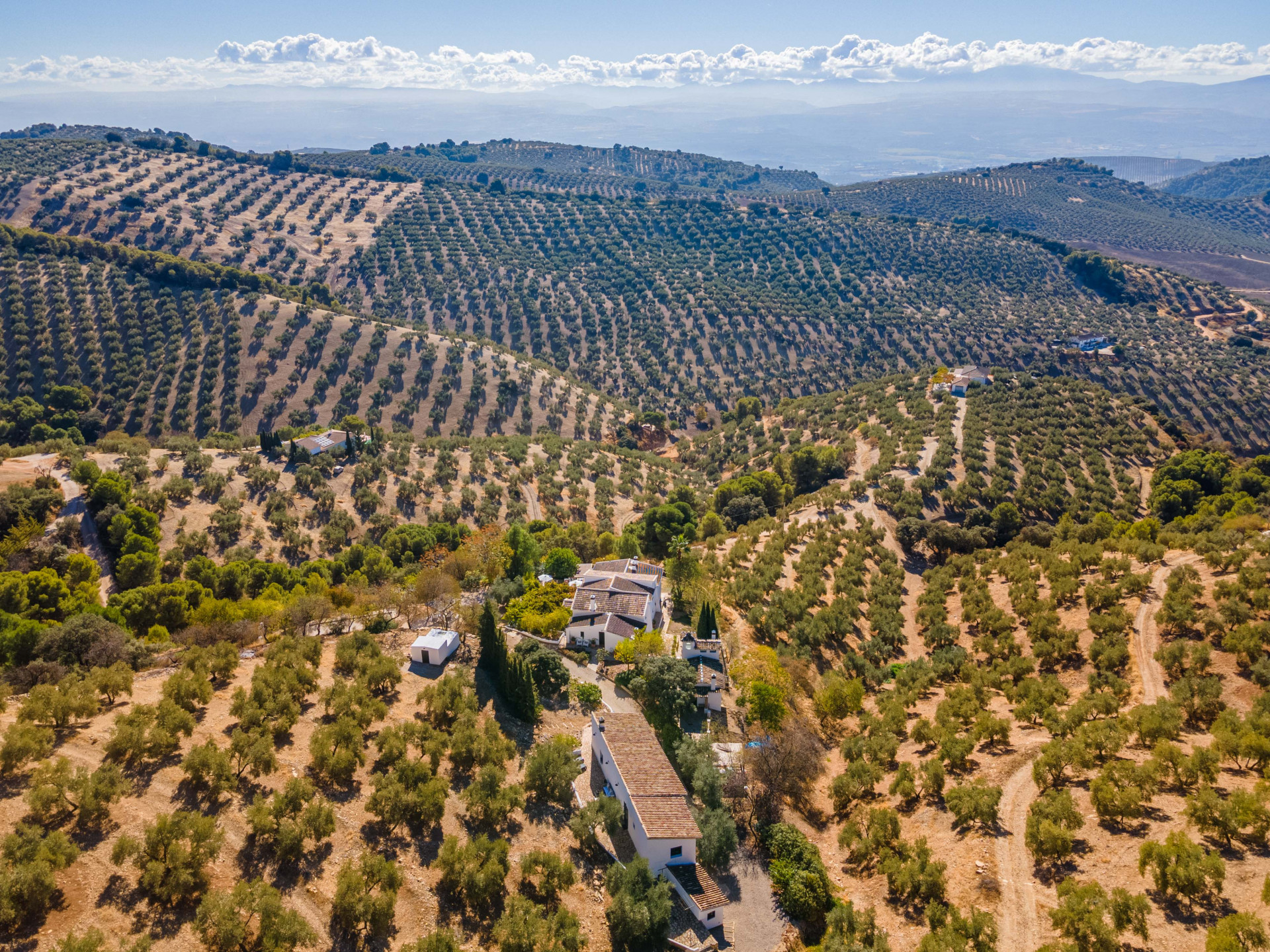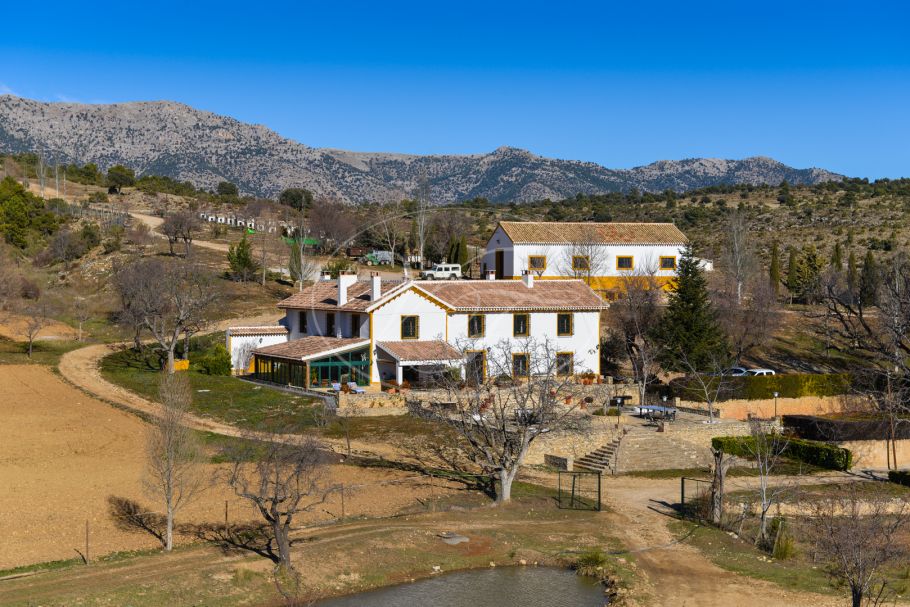Granada is a province in Andalusia that is famous for its authenticity. The province has a grand variety of landscapes: high mountain tops in the Sierra Nevada where you can ski and snowboard on the one hand. On the other hand, Granada also offers spectacular coasts with elongated beaches. Granada has one of the most beautiful historical city centres. The fortress of the Nasrid Kingdom, the famous Alhambra, is a must on your list when you visit! And it doesn’t stop there. Granada also has endless olive groves, she has cave houses in Sacromonte and Guadix, she has beautiful hunting estates and exclusive country properties. Granada has it all. In this guide you can find all the information you need to know about the ins and outs of Granada province.
Is Granada a good place to live?
Granada is a marvellous place to live! The province is located in the middle of the Penibaetic System and is connected to 4 other provinces: Malaga, Cordoba, Jaen and Almeria. Because of its geographic location, Granada is extremely well communicated through the airport and the High Speed Train, the Alta Velocidad Española (AVE). Going to any other national or international destination will be an easy journey. Moreover, in Granada you get to experience new things every day since there is so much to do and so much to see. It is a real adventure.
To live in Granada means living in the present surrounded by the walls of the past. The history of Granada goes beyond the Moorish architectural design elements in the city centre. The history of the province can also be found in stunning cortijos and hunting estates in the countryside. Everyone who decides to live in Granada does so because being immersed in a rich and authentic culture gives them peace and happiness.
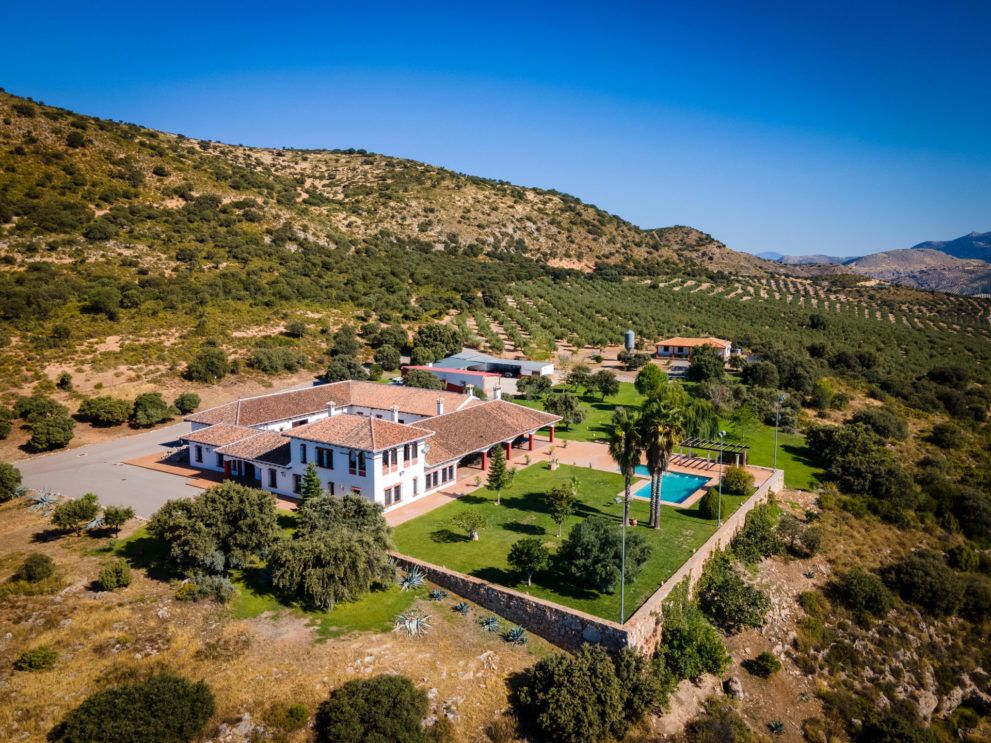
Another reason why living in Granada is a great idea is her nature. Firstly, North of the province you will encounter the famous winter sport resort of the South of Spain. The Sierra Nevada is a mountain range with an elevation of 3,479 m. Many find it extremely appealing to live in a province where one day you can decide to practice skiing or snowboarding, and the next you can go for a long walk on the beach, or a challenging hike in the natural parks. The Sierra Castril is a part of the natural park, also located in the North of Granada. These unspoilt grounds are fantastic to explore on foot or on horseback. They also provide a spectacular scenery for big game hunting, maintaining a large variety in flora and fauna.
As for the flora, you can find (holm) oaks, pine trees, wild olives, almond trees… And with regards to the fauna, there are (red) deer, wild boars, rabbits, partridges, doves and if you are lucky you might even see the Iberian Lynx!
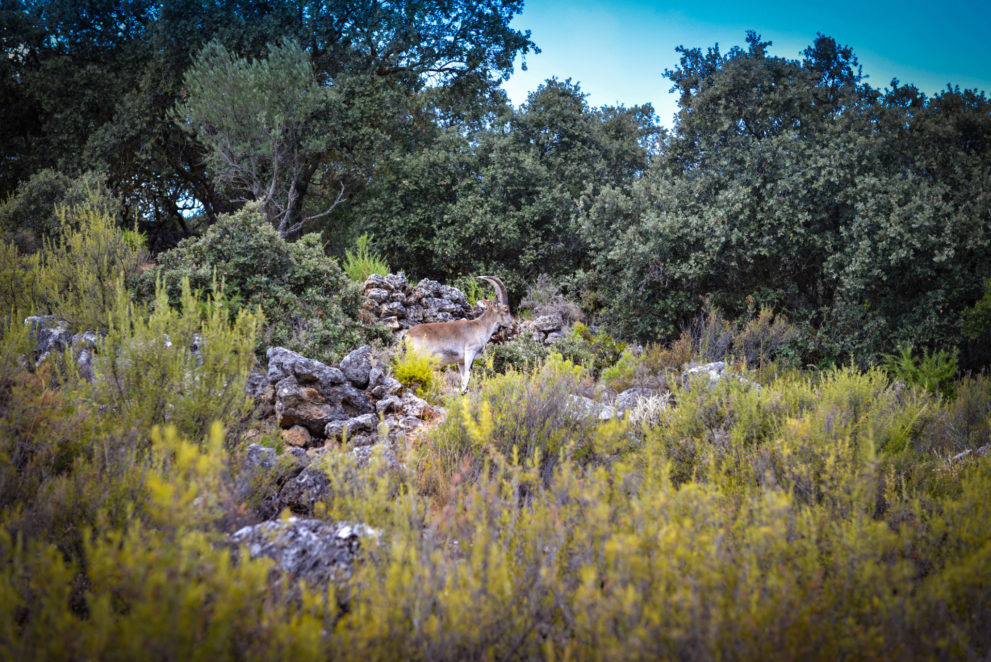
What to do in Granada?
There are a plethora of activities in the province of Granada. As we mentioned earlier, visiting the Alhambra and the Nasrid Palace should be #1 on your to do list. The Alhambra, translating to red castle, was built as a strategic military fortress on top of the mountain with views over the entire city. This monument has been given the label of World Heritage by UNESCO. You will get a really good idea of what the Granada was like, and what the people experienced hundreds of years ago.
Furthermore, we recommend you to go bar and restaurant hopping in the city. Granada has a really fun tradition where you get a free tapa when you order a drink! This is yet another example of why living in Granada is so great. Offering a free tapa is an act of kindness and openness that represents the culture and the identity of the people.
The beautiful towns of Granada
Outside of the city centre, there are beautiful towns that will undoubtedly conquer your heart. Some worthy of a spotlight are Loja, Guadix and Montefrío.
Loja was born out of the Islamic culture around the 14th Century, then it was called Loja Ibn-Altjatib. This village is considered to be the opening door to Granada. It is located at the entrance of the mountain pass, which is why the Reyes Católicos and many others wanted to possess this land. Loja was probably strategically built since a lot of water passes through here in the form of natural streams and rivers. This is why Loja is known for its fountains. Two of their most famous ones are Fuente de la Mora, and 25 Caños (Spigots). A local legend tells that if one drinks from one spigot, he/she must drink from all spigots. Some even say that the water in Loja has medicinal properties.
Guadix is known to be the European Cave Capital since it has approximately 2000 underground homes. The first cave homes, troglodytes, emerged in 1452, right after the Reyes Católicos reconquered Granada. Moriscos, former Musulmans who converted into Christians, fled to mountain areas like Guadix, and could excavate caves in the soft material of the mountain.
Lastly, Montefrío is a town north of Granada, closer to Jaen and Cordoba’s borderline. Due to its location, the land is very suitable for the production of olives. Driving around this area you will notice you are surrounded by not hundreds, but thousands of mature olive groves. It is so incredibly beautiful that National Geographic declared it one of the best views in the world! Lastly, both foreigners and locals have Montefrío on their to do list for their obviously delicious & cheap extra virgin olive oil and their fantastic sausages! They are experts in making chorizo and salchichón. Along with the fantastic views and gastronomy, Montefrío also has the most beautiful country properties with the best views!
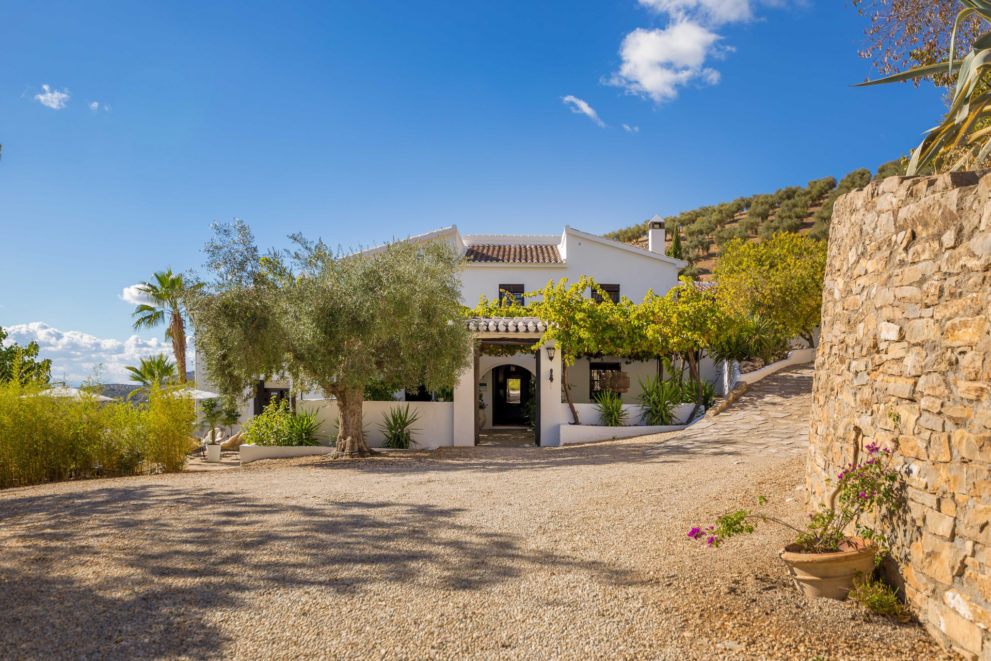
What is the history of Granada?
Around the 8th Century, the Muslims conquered Granada. At the time, Granada was a part of Al-Andalus. More importantly, it became the Nasrid Kingdom. Along with Cordoba, Granada was one of the most important and influential places of the Muslim Kingdom. The Muslim influence attracted people from all over the world as it had become the centre for cultural diversity, trade and economic growth.
Still today, Granada welcomes people from all over the world with different cultures, traditions and beliefs to live together in harmony. Additionally, as a result, you can now enjoy and appreciate a myriad of exquisite recipes with a middle eastern influence.
More recently, in 1898, a very famous poet was born in Fuente de Vaqueros: Federico García Lorca. He has has written enriched the world with wonders. The rural Andalusian lifestyle is a central theme of his work. Three of his most famous works are: Bodas de Sangre, Yerma and Poeta en Nueva York.
What climate does Granada have?
Given the variety in landscapes, you will find different temperatures across the province. Generally speaking this province has a Mediterranean climate, although in some areas the continental climate predominates. This explains the large difference in seasonal temperatures. From the whole of Spain, Granada offers the greatest amount of climatic variety. Inland, the summers are very warm, yet with cool nights when located in the mountains. The winters are colder than elsewhere in Andalusia but almost always with inviting clear blue skies. Autumn and spring are quite moderate. In the Sierra Nevada and the Sierra Castril temperatures can drop below zero in winter and are nice and cool in summer. The tropical coast of Motril has a lovely Mediterranean climate, with an average temperature of 15ºC in winter and can reach temperatures up to 30ºC in summer.
Danielle Ernstsen | 13th December 2022
